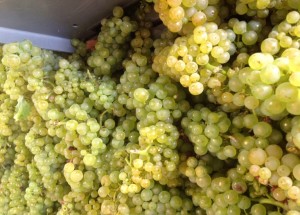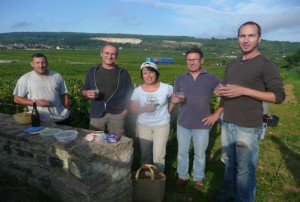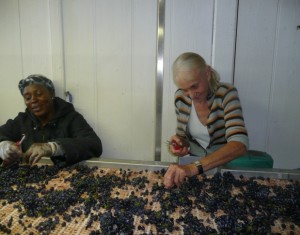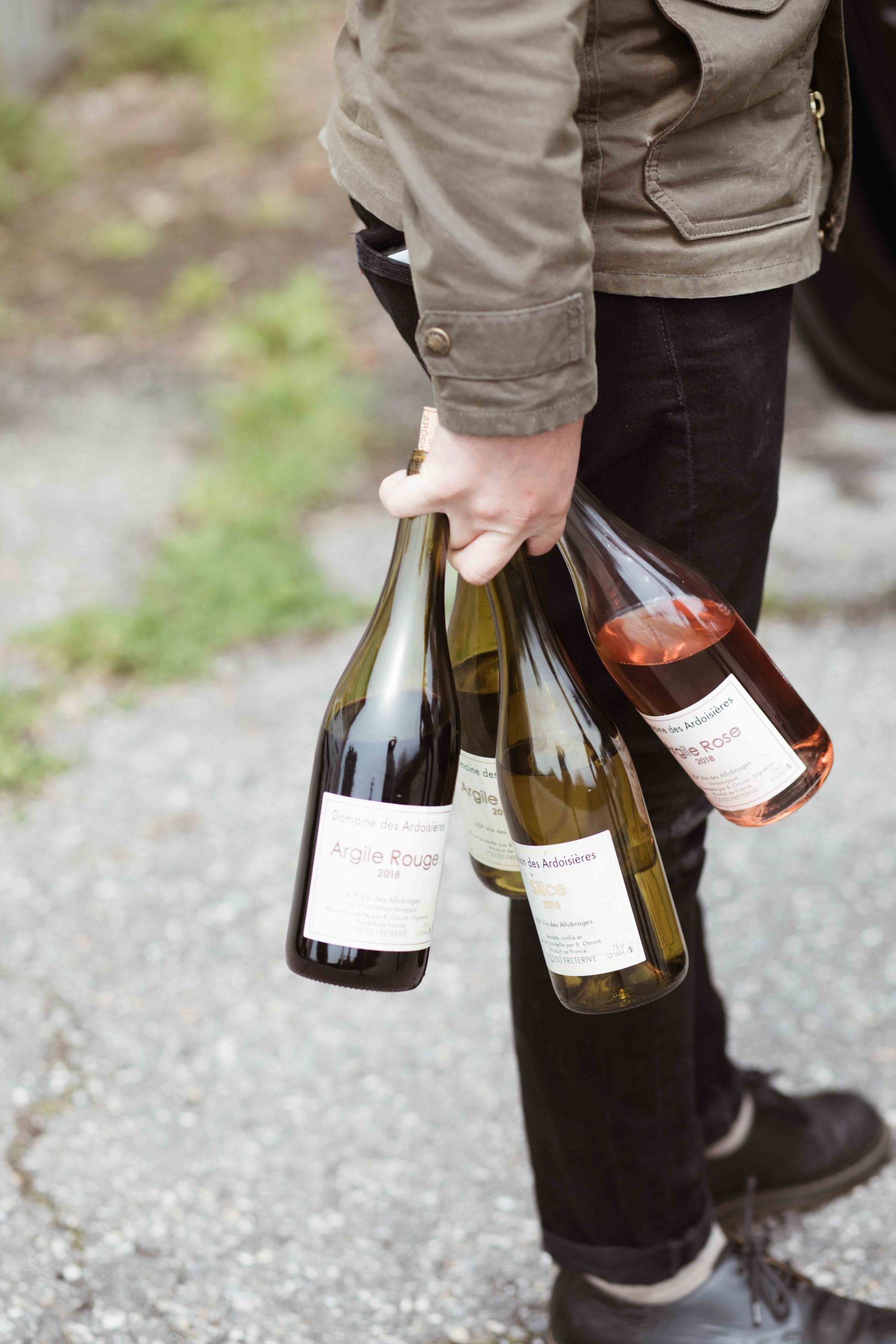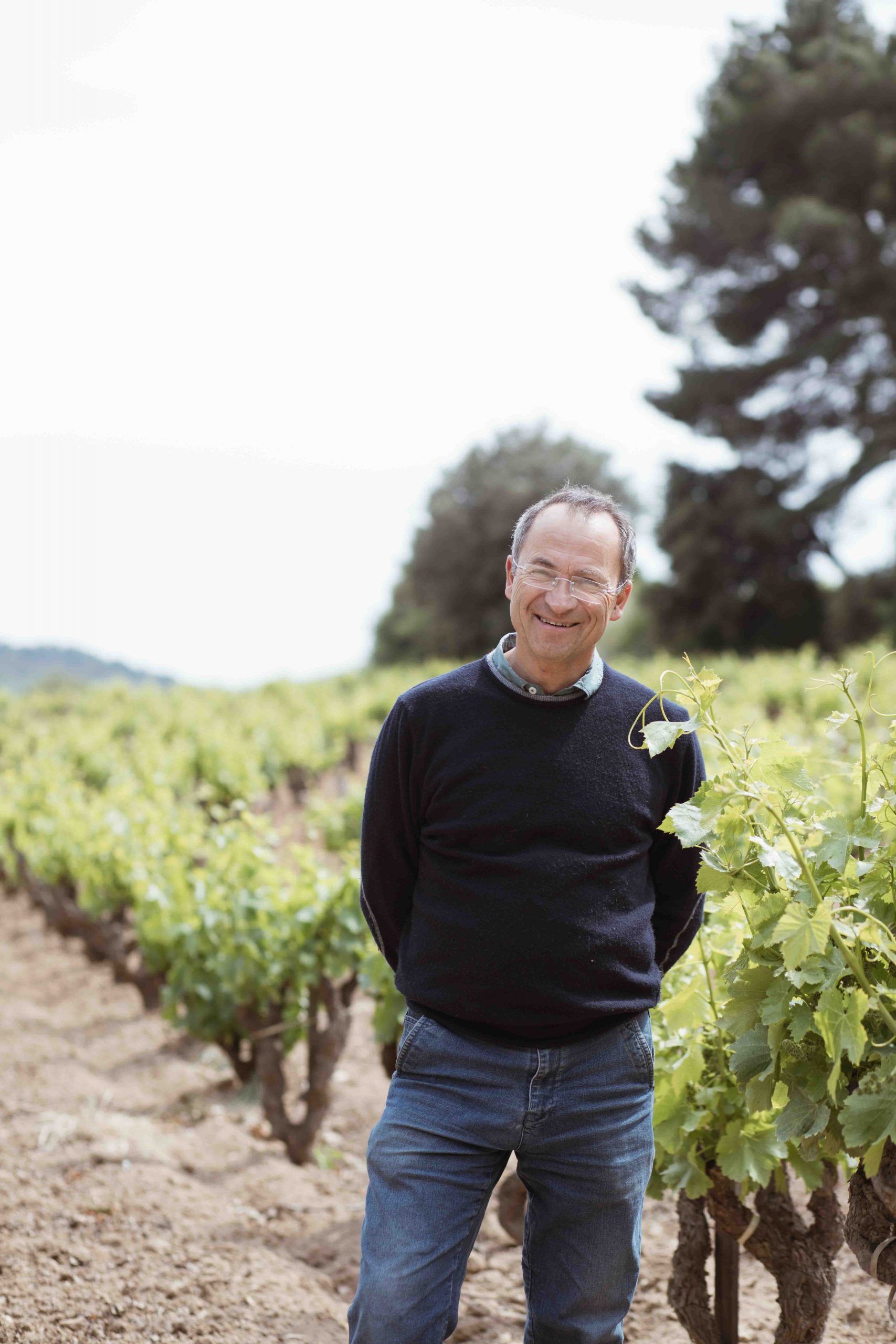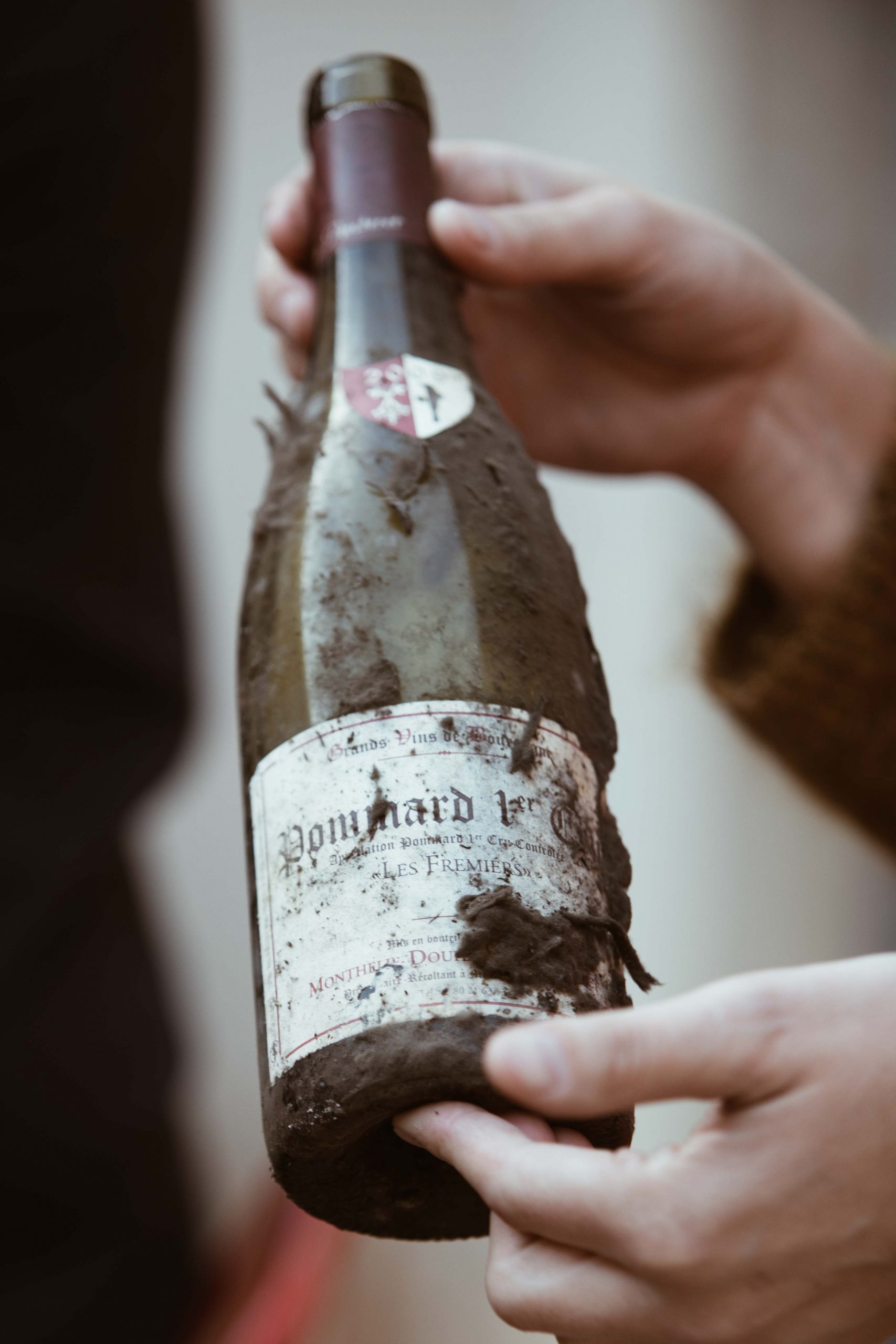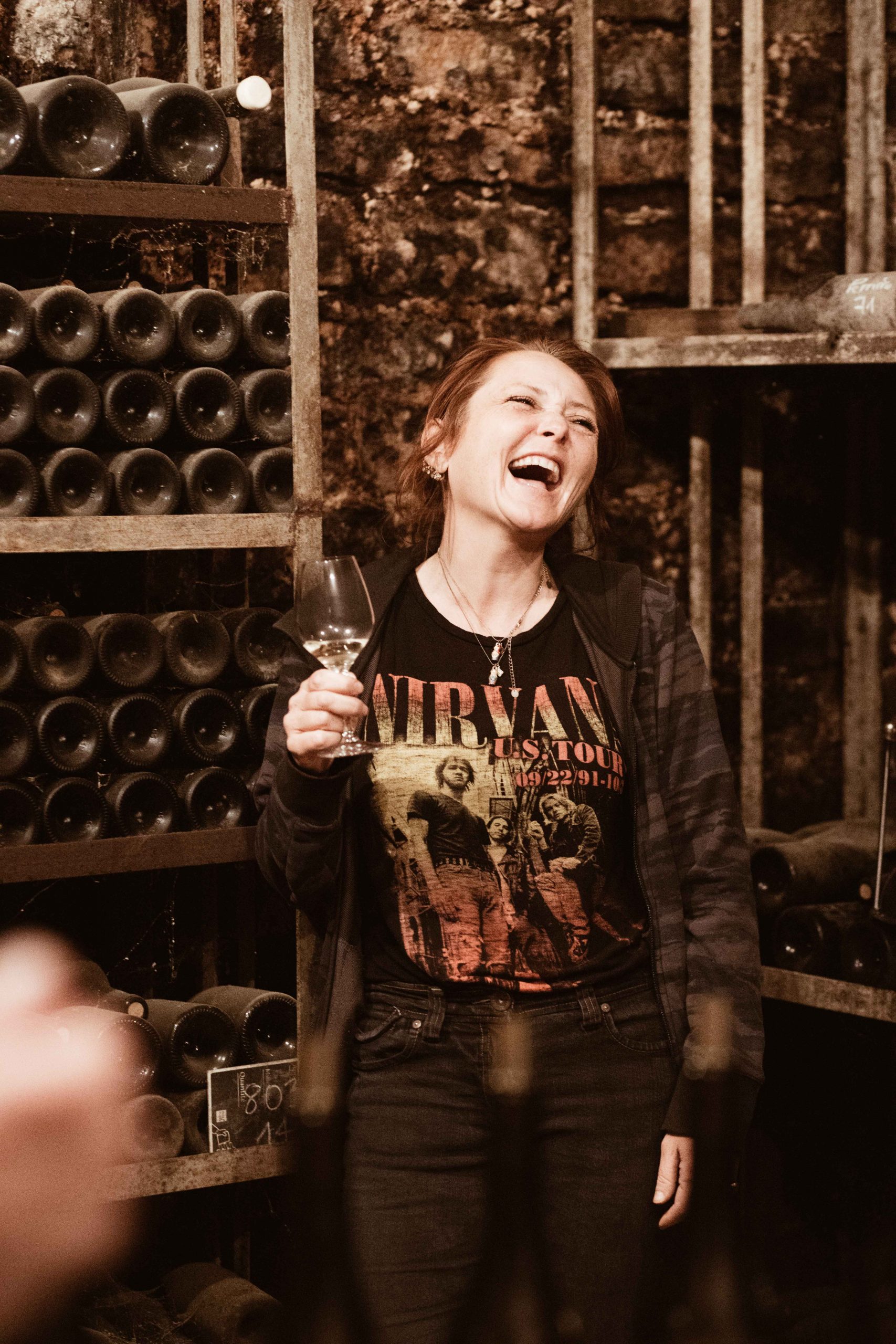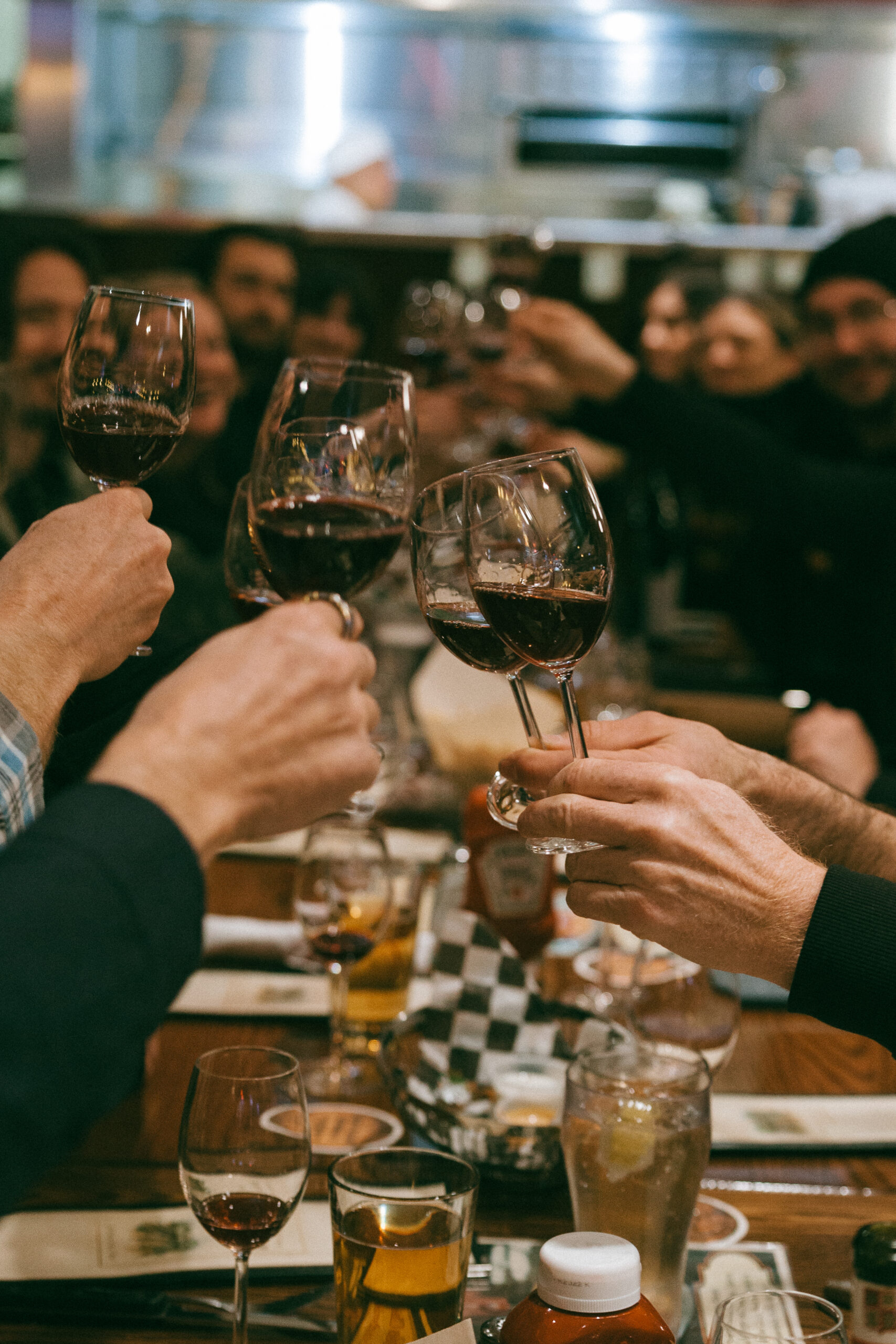The Most Dreary Growing Season in Champagne and Burgundy
Results in an Outstanding Vintage 2012 After All!
Last March, I spent 10 days in Burgundy, enduring summer temperatures over 80F, as I was equipped for cold weather. Incredible and worrisome for producers.
April 1st (for my second movie “A Year in Champagne”) we filmed Stéphane Coquillette demonstrating pruning in his vineyard under a blazing sun and a deep blue sky. At that point, the vineyards of Burgundy were 6 weeks ahead, versus 4 in 2011! From April 1st to mid-August, both regions had the worst weather pattern since 1991. Flowering was damaged by frost, heavy rain, limiting the crop by at least 30%. Then, mildew and odium forced the producers to be on alert, not only on a daily basis, but almost on an hourly watch. No weekends allowed. One had to be ready to spray any time between the hours of 5 am till 10 pm.
Mid-August arrived with warmer temperatures, but no scorching sun, which was a blessing, allowing the mostly “millerandaged” bunches to ripen properly. The harvest in Burgundy was forecasted for around September 25th, but as the weather continued, the dates were advanced to September 15th for the Mâconnais, Côtes Chalonnais, and 18th to 20th for Côtes-de-Beaune and Côtes-de-Nuits.
When traveling through Burgundy Oct 1st, it was over. The exciting news was that my producers had extraordinary quality. Bruno Lorenzon in Mercurey wrote in his Vendanges Diary: “this is the vintage I dreamed off my whole life.” Lalou Bize-Leroy claimed she made an outstanding vintage. Christophe Perrot-Minot showed me his half full vats, while knee high treading the grapes, and claimed also that he has a very special vintage. Patrick Piuze in Chablis is ecstatic.
Although this is the third vintage with a small crop, the quality in my opinion will be outstanding with producers that were aware of the threat of mildew and odium. A special remark: vineyards that have been following biodynamic methods for a long time have better resisted diseases.
I spent 10 days in Champagne during harvest. Small crop, but depending on the area, the exposure, and the maintenance of the vineyard, it fluctuates between 20%-40% less in quantity. It is very likely that some producers will make a vintage champagne. The harvest started around September 15th.
Unanimously, the producers claimed they cannot imagine going through another year like 2012 weather-wise. I need also to mention the hail storms. Earlier in June and again 2 weeks before harvest hail devastated some of the vineyards in Chassagne and Puligny, although very localized.
Looking forward to taste some extraordinary cuvées from 2012!

